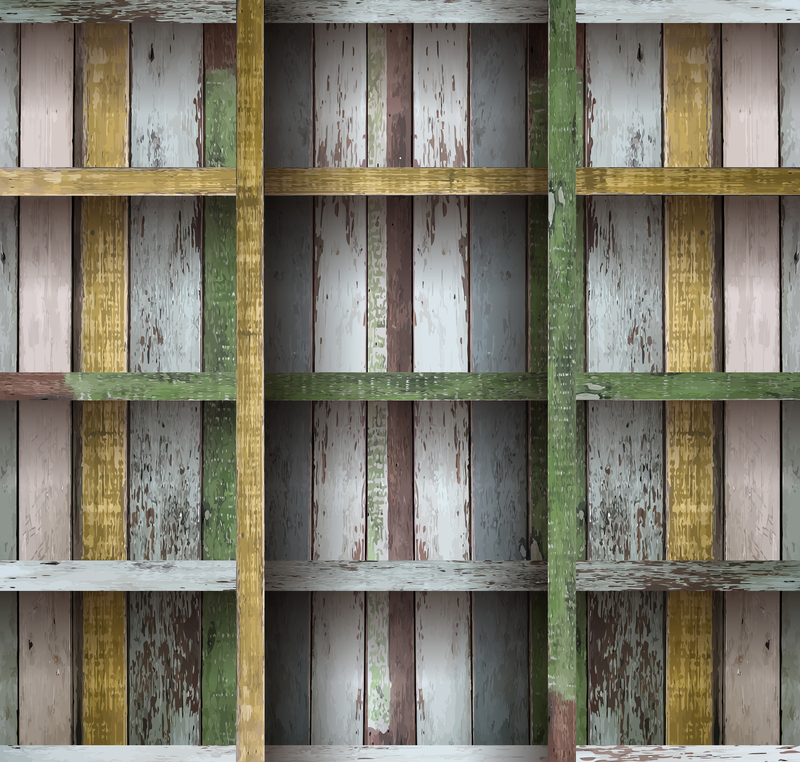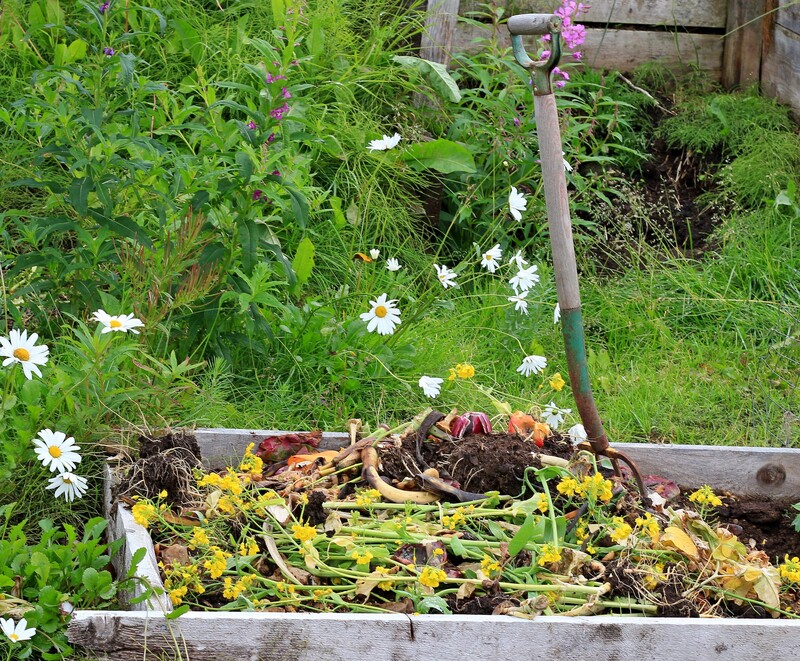Turning the Ordinary into Extraordinary: Upcycling for a Greener Home
In a world increasingly focused on sustainability and eco-friendly living, more people are discovering the joys and advantages of upcycling for a greener home. Upcycling is not just a trend--it's a creative and practical approach to reducing waste and transforming what would otherwise be discarded into valuable, beautiful objects. If you're looking to minimize your environmental impact while adding a touch of uniqueness to your home, upcycling unleashes a world of possibilities.
What is Upcycling?
Upcycling refers to the process of repurposing old or unused materials and objects into new products of higher quality or value. Unlike recycling, which generally breaks materials down to their base form for reuse, upcycling gives items a second life while preserving their original structure. Whether it's turning glass bottles into vases or repurposing old jeans into cushion covers, upcycling is about creativity, sustainability, and reducing waste.

Why Upcycle? The Benefits of Upcycling for a Greener Home
Environmental Impact
- Reduces landfill waste: By upcycling, you keep items out of the trash and minimize your household's contribution to overflowing landfills.
- Preserves natural resources: Upcycling decreases the need for new raw materials, which protects our planet's resources.
- Lowers carbon footprint: When you upcycle, you help reduce the energy required to produce new products.
Personal and Aesthetic Benefits
- Adds a unique touch: Upcycled pieces give your home character and individuality--no two items are exactly alike.
- Unleashes creativity: Upcycling inspires innovation and hands-on skills.
- Cost-effective: Transforming what you already have saves money and supports resourceful living.
Getting Started: Essentials of Upcycling at Home
What Can You Upcycle?
One of the best things about upcycling for a sustainable home is that nearly anything can be reused, provided it's safe and functional for its new purpose. Common household items for upcycling include:
- Glass jars and bottles
- Old furniture (chairs, tables, dressers)
- Wooden pallets
- Textiles (clothes, bed sheets, curtains)
- Metal cans
- Plastic containers
- Paper and cardboard
- Worn-out tires
Tools and Materials for Upcycling Projects
You'll need some basic supplies to get started with your eco-friendly upcycling projects:
- Paints and brushes
- Sandpaper
- Upholstery fabric
- Wood glue or all-purpose adhesive
- Screws, nails, and fasteners
- Scissors and cutting tools
- Optional: sewing machine, staple gun, or power drill
*Always consider safety. Wear gloves, eye protection, and ensure good ventilation, especially when sanding or painting.*
Creative Upcycling Ideas for a Greener Home
Transforming Glass: Bottles and Jars
Instead of tossing out empty jars and bottles, upcycle them into stylish storage containers, candle holders, or vases. Here are a few ideas to get you started:
- Spice jars: Wash and label old food jars for zero-waste pantry organization.
- Decorative vases: Spray-paint bottles in metallic shades for a modern look.
- Lanterns: Place a tea light inside a jar and hang it with twine in your garden.
Tip: Soak jars in warm soapy water to remove labels, and decorate with glass paints or etching cream.
Furniture Revamps: Out with the Old, in with the Bold
Old furniture has untapped potential. Give it a new life with these upcycling home improvement ideas:
- Pallet coffee tables: Stack and sand pallets, apply a finish, and add wheels for a rustic centerpiece.
- Chair planters: Remove the seat, add a planter box, and turn a broken chair into a quirky garden feature.
- Bookshelf makeover: Paint or wallpaper the back panel of an outdated shelf for a fresh appearance.
Textile Transformations: Fabric Upcycling for a Cozy Home
Don't throw away ripped jeans or old shirts! Innovative fabric upcycling can add warmth and personality.
- Cushion covers: Patch together old t-shirts into vibrant throw-pillows.
- Rugs from denim: Braided or woven denim strips create durable and stylish floor coverings.
- Tote bags: Sew pillowcases or curtains into reusable shopping bags to cut down on plastic use.
Creative Crafts: From Cans to Wall Art
Repurpose tin cans as indoor planters or hold office supplies. Get creative and use colorful cans to make wall-mounted succulent displays. For something special, turn old magazine pages into decorative wall art or photo frames.
Garden Innovations: Upcycling for Outdoor Spaces
- Tire planters: Paint and stack old tires to create unique flower beds.
- Plastic bottle vertical gardens: Cut and mount bottles on a wall or fence for compact herb gardens.
- Broken ceramics: Mosaic garden stones or flower pots with fragments from broken plates or tiles.
Upcycling Tips for Beginners
- Start small: Try simple projects such as decorating jars or reupholstering a chair seat before moving to complex builds.
- Focus on function: Make sure your upcycled items serve a practical or decorative purpose in your home.
- Get inspired: Seek ideas on social media, blogs, and YouTube for fresh eco-conscious upcycling concepts.
- Share and swap: Join local swap groups to find materials others no longer need. This encourages community and resource sharing.
- Practice patience: Good upcycling takes time! Enjoy the process of learning, designing, and creating.
How Upcycling at Home Supports a Sustainable Lifestyle
Committing to upcycling in your household does more than reduce waste. It encourages a mindful approach to consumption. Instead of discarding items as soon as they show cosmetic wear, you start to see potential everywhere. Over time, this mindset leads to fewer purchases, less demand for manufacturing, and a lighter environmental footprint.
A greener home is not just about what you buy--but what you choose to reimagine and reuse. As the saying goes, "the greenest product is the one you already own."
Challenges to Upcycling--And How to Overcome Them
Lack of Time or Skills
Many people want to try upcycling but worry about time or skill level. The solution is to start with manageable projects, such as painting jars or restyling lampshades. You'll build confidence quickly!
Design Inspiration
Struggling for creative ideas? Social media communities and websites focused on upcycling innovation are full of before-&-after images, tutorials, and step-by-step guides to spark your imagination.
Quality Concerns
If you're unsure how durable an upcycled item will be, choose sturdy materials as a base and reinforce connections with appropriate adhesives or fasteners. Test items gently before full use, and always prioritize safety, especially for items holding weight or intended for children.
Storage and Clutter
Upcyclers sometimes collect more materials than they can use. Set clear project goals and keep only what you need. Donate or recycle surplus materials responsibly.

The Future of Upcycling and Green Homes
As consumers become more conscious of their environmental impact, upcycling for eco-friendly living will continue to gain momentum. It's affordable, fun, and deeply rewarding. From reducing emissions to supporting ethical consumption, upcycling empowers individuals, families, and communities to make tangible, positive change.
Emerging trends include community upcycling workshops, upcycled product markets, and even upcycling-focused interior design services. For those looking to decorate or renovate, sourcing upcycled materials is a popular route to stylish, sustainable interiors.
Digital Resources and Inspiration
- Pinterest and Instagram: Search for hashtags like #Upcycling, #EcoHome, or #SustainableDecor for daily ideas.
- YouTube: Find step-by-step video guides for projects of all skill levels.
- Local green initiatives: Many municipalities host events or provide grants to support upcycling and reuse schemes.
Conclusion: Transform Your Home, Transform the Planet
Turning the ordinary into extraordinary with upcycling is a practical and inspiring journey. As you revitalize old items, you're not only crafting a personalized living space--you're also helping the planet. Each upcycled project is a statement of resourcefulness and environmental responsibility.
So next time you prepare to throw something away, pause and ask, "How can I upcycle this for a greener home?" You'll be amazed at how many opportunities for creativity and sustainability are right at your fingertips.
